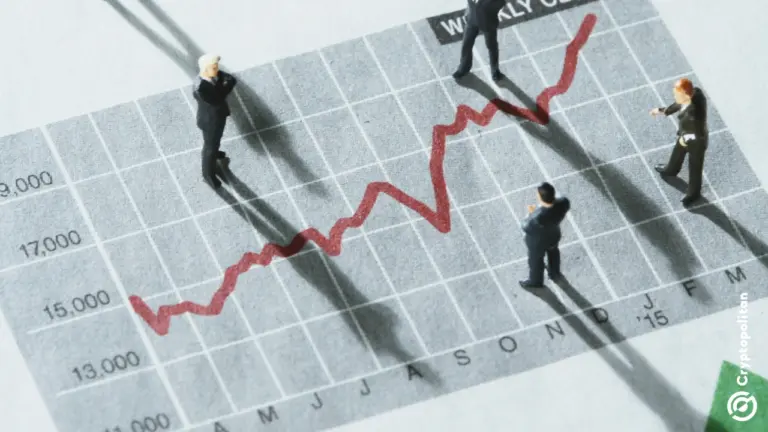Ethereum’s MEV Minimization Affects TradFi Adoption
- Main event highlights Ethereum’s MEV focus and financial foresight.
- David Hoffman leads the commentary.
- Aims to integrate Ethereum into traditional finance structures.
Ethereum’s minimization strategy could bolster its standing with financial institutions by aligning with compliance norms. This alignment may affect market perceptions, although financial data remains mostly unchanged.
Bankless co-founder David Hoffman underscored Ethereum’s MEV minimization investment, drawing parallels with compliance efforts in traditional finance. This neutral and fair approach is designed to bolster Ethereum’s credibility among financial institutions. Ethereum’s MEV infrastructure continues to evolve, a move that Hoffman believes is essential for strategic tradFi integration.
Hoffman’s remarks sparked discussions within the crypto community, yet institutional moves remain narrative-driven. Ethereum enthusiasts cite enhanced network credibility as a potential byproduct, but immediate market ramifications are unobserved. Previous efforts like MEV-Burn showed reduced operational consequences but did not trigger drastic market behaviors.
Ethereum’s Focus on MEV Minimization
Ethereum’s focus on MEV minimization aims to foster broader institutional confidence, even as traditional finance pilots, such as JPMorgan’s deposit token initiatives, validate its technological credibility. Regulatory bodies emphasize transparency; Ethereum’s efforts align with such objectives but have not yet led to any concrete fiscal engagements.
“Ethereum’s ongoing investment in trusted neutrality and MEV minimization may provide an additional advantage for its adoption in the Traditional Finance (TradFi) sector. This investment could become a significant driving factor for financial institutions to choose Ethereum over other blockchains, further enhancing Ethereum’s competitiveness in compliance and technical credibility.” — David Hoffman, Co-founder, Bankless
Hoffman’s commentary has prompted further reflection across crypto telegrams and forums, although no quantitative shifts are evident in associated assets or networks.
Disclaimer: The content of this article solely reflects the author's opinion and does not represent the platform in any capacity. This article is not intended to serve as a reference for making investment decisions.
You may also like
Insiders at CoreWeave sell $1B worth of stocks as IPO lock-up period expires
Share link:In this post: CoreWeave director Jack Cogen offloaded stock worth nearly $300 million as other investors offloaded up to $1 billion, according to regulatory filings The firm’s stocks have dropped by over 35% following weaker-than-expected Q2 earnings and soaring costs. Its shares had swung from a $40 IPO price in March to a $183 peak in June before retreating to around $100.

VIPBitget VIP Weekly Research Insights
Ethereum and its ecosystem are set to remain in the spotlight in 2025, driven by accelerating institutional adoption and network upgrades. As the world's leading smart contract platform, ETH has benefited from billions of dollars in ETF inflows, fueling a steady price climb. Potential upside catalysts include the Pectra upgrade to enhance performance, large-scale tokenization of real-world assets (RWA), explosive growth in Layer 2 solutions such as Base, and the reduction in circulating supply of the burn mechanism. Ecosystem tokens like Lido (the leader in liquid staking) and Ethena (an innovator in synthetic stablecoins) are also poised to benefit. Institutional participation from major players like BlackRock further boosts demand for DeFi and staking products. As a result, the overall market cap of the ecosystem is expected to continue growing, attracting increasing amounts of mainstream capital.

Hong Kong Regulators Caution on Stablecoin Volatility Risks
Hong Kong SFC Enhances Virtual Asset Custody Standards
